AFI
SOURCE: AFI


In a move to reinforce its military capabilities along the tense border with India, Chinese troops stationed on the Tibetan plateau are now equipped with enhanced oxygen supplies. This initiative comes as part of broader efforts to improve equipment, training, and logistics in the region, according to a report by the PLA Daily, the official newspaper of the People’s Liberation Army.
The military has established a 20-kilometer (12.4 miles) supply zone aimed at boosting operational efficiency at high-altitude border outposts. Liu Hao, who commands a border regiment in the Hotan military subdistrict at an elevation of 5,380 meters (17,700 feet), highlighted the significance of this development. “Faster and more reliable oxygen access is critical for our soldiers’ health and combat readiness,” Liu told the PLA Daily.
Continue readingSOURCE: AFI


In a significant move to bolster military preparedness along the volatile border with China, the Environment Ministry of India has recently approved the establishment of multiple Formation Ammunition Storage Facilities (FASF) in Eastern Ladakh. This decision aims to enhance operational readiness and significantly reduce the time required for ammunition withdrawal, thereby strengthening the strategic position in the region.
Eastern Ladakh has been a focal point of military tension since the standoff in 2020, where both India and China have increased their military presence along the Line of Actual Control (LAC). The region’s harsh terrain and high-altitude conditions make logistics and ammunition management particularly challenging. The new FASFs are set to address these issues by providing storage closer to potential conflict zones.
Continue readingSOURCE: AFI


On January 9, 2025, India took a significant step towards strengthening its defense relations with Kazakhstan during a highly anticipated Defence Industry Seminar held in Astana. The event, organized by the Embassy of India in Kazakhstan, in collaboration with Kazakhstan Engineering and the Ministry of Defence of Kazakhstan, was a key moment for both nations to explore deeper cooperation in the defence sector.
The seminar, which focused on the promotion and potential of Indian-made weapons and defense technology, served as a platform to brief Kazakhstan about India’s growing defense capabilities. His Excellency Dr. TV Nagendra Prasad, India’s Ambassador to Kazakhstan, played a central role in the seminar, underscoring the importance of enhancing defense ties between the two countries.
Continue readingSOURCE: AFI
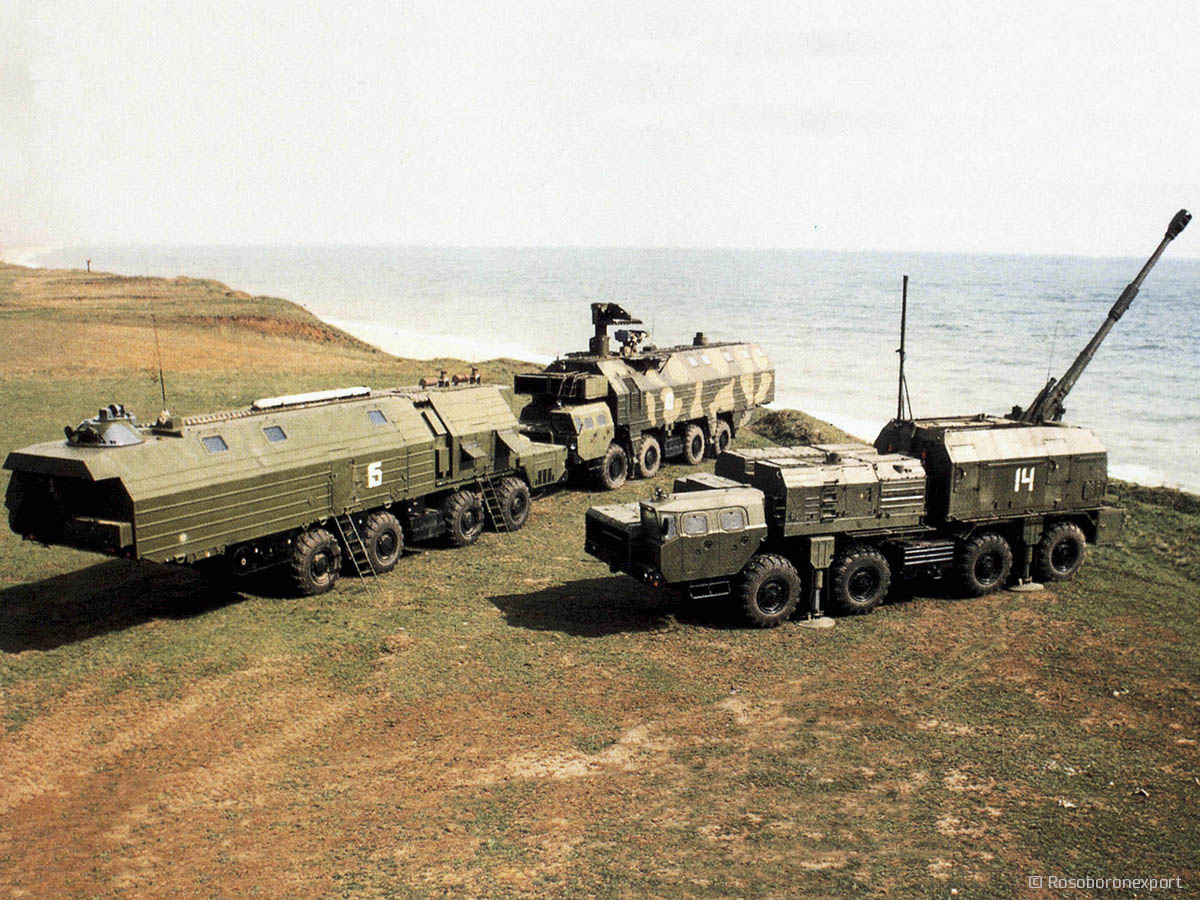

In a significant shift towards bolstering its coastal defense capabilities, the Indian Navy is reportedly considering the procurement of more advanced 155mm Howitzer guns. This move aims at enhancing low-cost anti-ship and coastal defense operations, particularly for engaging near-shore targets, marking a departure from the currently deployed 105mm Light Field Guns.
The Indian Navy’s current setup for coastal artillery includes the 105mm Light Field Gun, which has served its purpose but lacks the range and firepower necessary in modern naval warfare scenarios. These guns, while effective in their time, do not match the extended reach or the punch required to counter contemporary threats from surface ships or to provide robust defense along India’s extensive coastline.
Continue readingSOURCE: AFI


India’s strategic defense community is expressing caution regarding the recent French offer to co-develop an engine for the Advanced Medium Combat Aircraft (AMCA) program. This skepticism stems from past experiences with French aerospace giant Safran, previously known as Snecma, in a collaboration that proved largely unproductive.
In the late 2010s, India embarked on a journey to upgrade its indigenous Kaveri engine through a partnership with Snecma. The aim was to enhance the engine’s performance, particularly for use in the Tejas Light Combat Aircraft (LCA). However, after four years of discussions, the collaboration was mired in challenges, primarily due to Snecma’s reluctance to share pivotal technologies.
Continue readingSOURCE: AFI
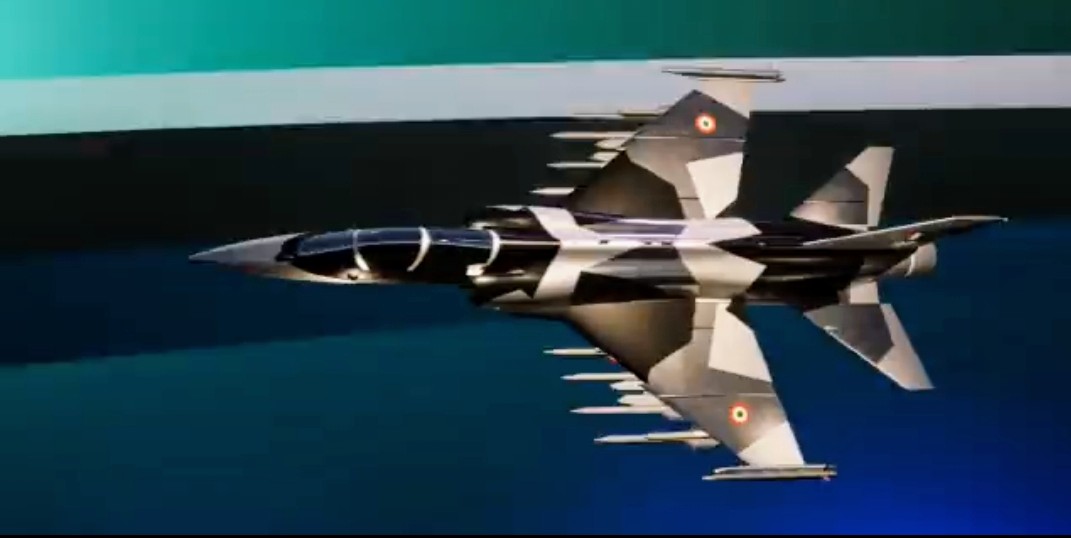

India’s Hindustan Aeronautics Limited (HAL) has been a prominent player in the development of indigenous defense technologies, including the Light Combat Aircraft (LCA) Tejas, which has gained significant recognition. HAL’s proposed new aircraft, the HLFT-42 (Hindustan Lead-in Fighter Trainer), is designed to serve as a supersonic trainer and light fighter aircraft. While the aircraft is still in its conceptual phase, it is expected to play a pivotal role in providing advanced training to pilots before transitioning to more complex fighter jets.
However, the HLFT-42 could face substantial challenges in the global defense export market. The emergence of cheaper, more advanced supersonic fighter trainers, such as the T-7 Red Hawk from Boeing and Hurjet from Turkey, presents a formidable threat to the HLFT-42’s success in international markets.
Continue readingSOURCE: AFI
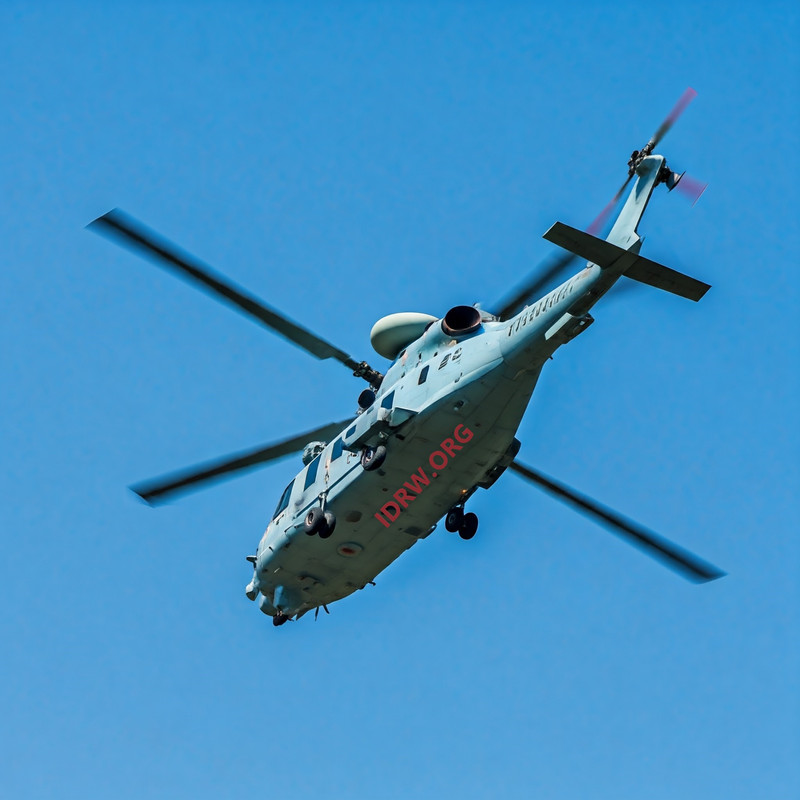

The Deck-Based Multi-Role Helicopter (DBMRH) is set to revolutionize India’s naval aviation capabilities as a specialized naval variant of the Indian Multi-Role Helicopter (IMRH). Designed to meet the diverse operational requirements of the Indian Navy, the DBMRH will incorporate advanced technology, including a planned Airborne Early Warning (AEW) variant equipped with a state-of-the-art radar system. This radar system’s technical specifications promise to enhance situational awareness and operational efficiency.
The DBMRH’s AEW variant, equipped with this advanced radar, will serve as a force multiplier for the Indian Navy. It will enable the detection and tracking of airborne and surface threats, support maritime domain awareness, and provide early warning of potential adversarial activity. These capabilities will significantly enhance fleet protection, maritime surveillance, and network-centric warfare.
Continue readingSOURCE: AFI


In an intriguing blend of traditional ingenuity and modern warfare, the Indian Army has introduced tractor-mounted Anti-Tank Guided Missiles (ATGMs), igniting debates on platforms like X about whether this is a case of resourceful ‘Jugaad’ or a strategic move to evade drone detection in potential border conflicts.
The term ‘Jugaad’—Hindi for an innovative fix or a makeshift solution—has often been used to describe India’s knack for improvisation, particularly in challenging scenarios with limited resources. The use of farm tractors to mount ATGMs is seen by some as a reflection of this philosophy. With the Indian military facing budget constraints and delays in procuring state-of-the-art armored vehicles, the tractor-based system represents a cost-effective, quick-to-deploy solution. This approach allows the army to enhance its anti-tank capabilities without the need for extensive investment in new military hardware.
Continue readingSOURCE: AFI
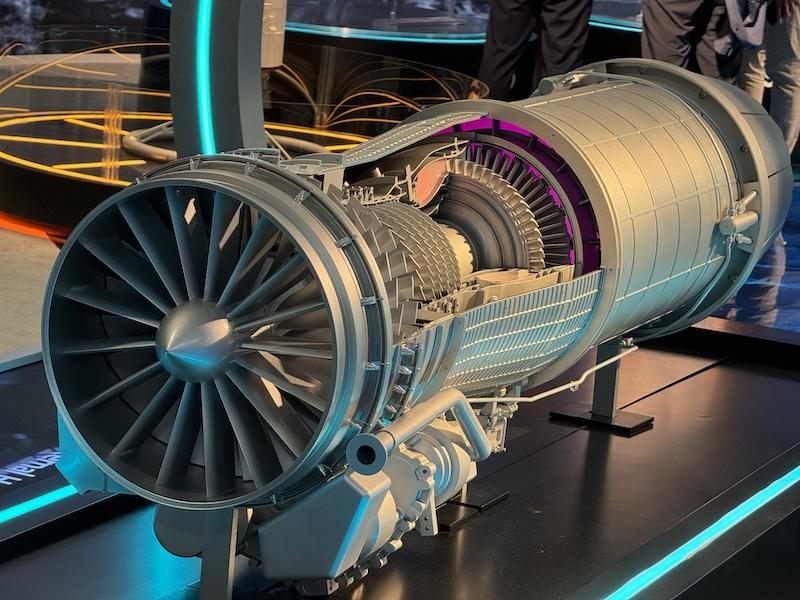

South Korea has embarked on an ambitious journey to develop its own jet engine technology for the KF-21 Boramae fighter jet, marking it as a national mission. This initiative is not only a testament to their commitment to technological self-reliance but also includes significant governmental support through tax exemptions for the project. This strategic move is aimed at reducing dependency on foreign technology, particularly from the United States, where South Korea currently sources engines like the GE F414 for its aircraft.
The decision to develop indigenous jet engines has been bolstered by a substantial investment of approximately $2.2 billion, highlighting the nation’s resolve to become a key player in aerospace technology. By designating the engine development as a strategic project, South Korea ensures that the project receives financial incentives, thereby fostering innovation and local industry growth.
Continue readingSOURCE: AFI


In a forthright interview with ANI, retired Air Marshal Dilip Kumar Patnaik has sharply criticized the acquisition of Predator Unmanned Aerial Vehicles (UAVs) by India, labeling them as “costly toys” unsuitable for operations in contested airspace. His comments bring to light significant concerns regarding the strategic and tactical utility of these drones in light of India’s regional security challenges.
Patnaik, who has a distinguished career including command over major military operations, argued that the Predator UAVs are not designed for environments where adversaries like China and Pakistan might challenge air superiority. “These drones can only be used effectively in un-contested airspace,” he stated, suggesting that their operational limitations make them vulnerable in scenarios where air defense systems are active.
Continue readingSOURCE: AFI


A stark and controversial warning sign erected by the Indian Navy near its gate in front of Dabolim Airport has stirred significant attention and surprise among locals and tourists alike. The sign, which reads “DEFENCE LAND TRESPASSERS WILL BE SHOT SURVIVORS WILL BE SHOT AGAIN,” has become a point of discussion and concern in the coastal state known for its laid-back vibe and tourist-friendly environment.
The sign, placed prominently to deter any unauthorized entry into naval property, highlights the military’s stringent security measures. Dabolim Airport, which operates from the Indian Navy’s INS Hansa base, is no stranger to military oversight, but the explicit nature of the warning has caught many off-guard. The dual use of the facility for both military and civilian purposes has often led to a delicate balance between security and public access, but this sign has brought that balance into sharp relief.
Continue readingSOURCE: AFI
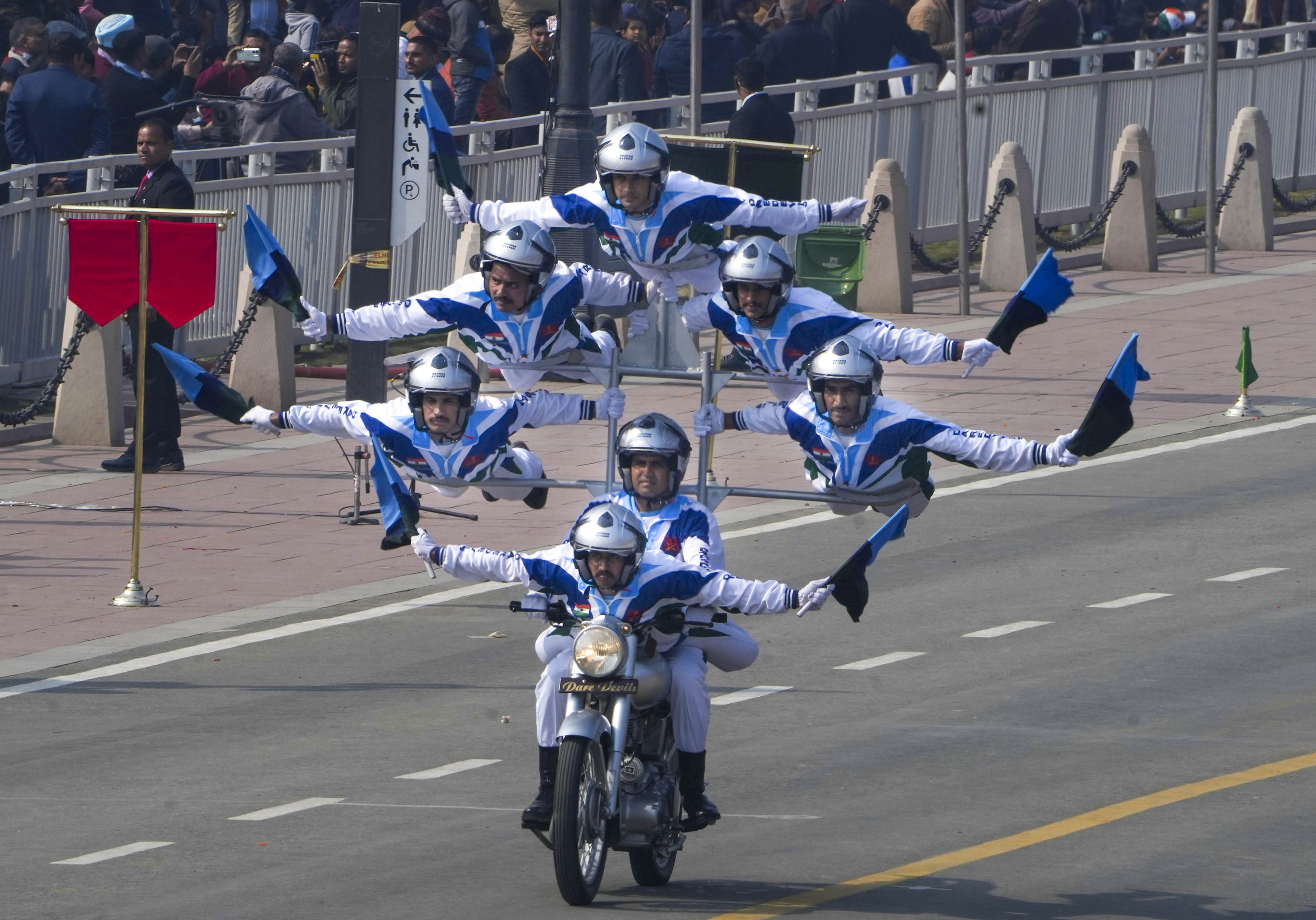

In an era where modernization and indigenization are at the forefront of India’s military strategy, members of the Indian defence community are pushing for a significant cultural shift within the armed forces. They are calling for the elimination of certain colonial practices that have persisted since the British Raj, with one particular tradition drawing both criticism and ridicule from both domestic and international observers.
Among the practices under scrutiny are the elaborate motorcycle stunts performed by soldiers during ceremonial events and artillery drills. These displays, reminiscent of the British colonial era’s pomp and circumstance, involve soldiers executing acrobatic feats on motorcycles, often in full military regalia. While these performances might once have been seen as demonstrations of skill and discipline, they are now viewed by many as anachronistic and somewhat embarrassing relics of a bygone era.
Continue readingSOURCE: AFI


The Light Combat Aircraft (LCA) Tejas has long been hailed as a success story of India’s aerospace industry, developed indigenously by Hindustan Aeronautics Limited (HAL) under the aegis of the Defence Research and Development Organisation (DRDO). The Tejas Mk1, the first variant of this aircraft, was cleared for production by the Indian Air Force (IAF) in 2013, after years of testing and development. However, despite the initial clearance and optimism surrounding the aircraft, the IAF’s orders for the Tejas Mk1 were limited.
This limited order volume, combined with various internal and external challenges, resulted in a slower-than-anticipated production pace and a series of strategic missteps that impacted the Tejas program.
Continue readingSOURCE: AFI


Paras Defence and Space Technologies Limited has announced a significant expansion in its defense manufacturing capabilities, having obtained a pivotal license from the Department for Promotion of Industry and Internal Trade (DPIIT). The license, granted under the Arms Act, 1959, authorizes the company to produce the MK-46 and MK-48 belt-fed Light Machine Guns (LMGs). This development marks a notable milestone for Paras Defence, enhancing its strategic position within India’s defense sector.
The MK-46 and MK-48 LMGs are recognized for their advanced and modernized design, offering enhanced firepower and reliability. With this license, Paras Defence is now permitted to manufacture 6,000 units of each model annually, providing a significant boost to the company’s production capacity and its role in national defense.
Continue readingSOURCE: AFI


In an impressive display of military might, the Philippine Marine Corps (PMC) has released a video that highlights its newly acquired BrahMos missile systems, marking a significant upgrade to the country’s coastal defense capabilities. The video, which has stirred considerable interest both domestically and internationally, underscores the strategic shift towards enhanced maritime security in the face of regional challenges.
The BrahMos missile, known for its supersonic speed and precision, has been described as a game-changer in the realm of anti-ship and land attack capabilities. Developed through a joint venture between India’s DRDO and Russia’s NPO Mashinostroyeniya, the BrahMos is renowned for its speed of Mach 2.8 and a range of approximately 290 kilometers in its export version. The PMC’s acquisition of this system is part of a broader initiative to bolster the Philippines’ defense posture, particularly in the contested waters of the South China Sea.
Continue reading